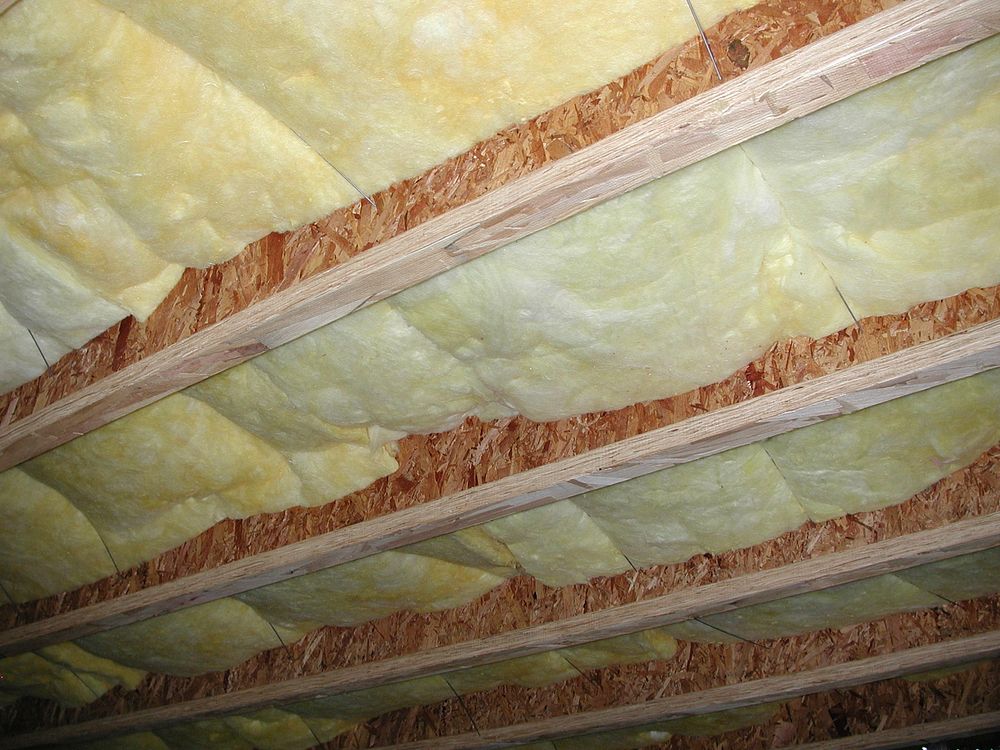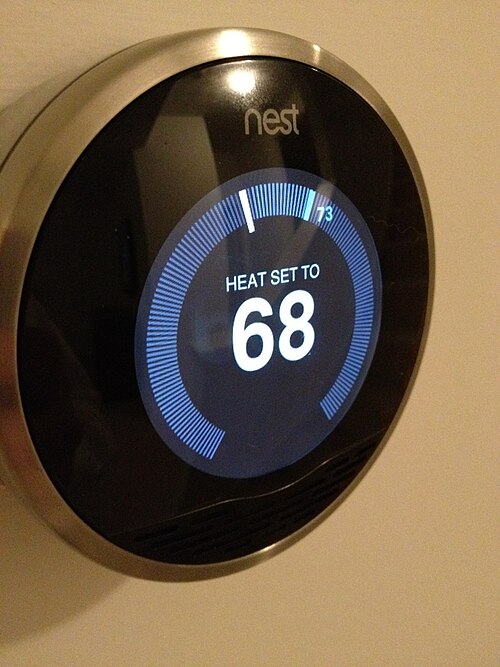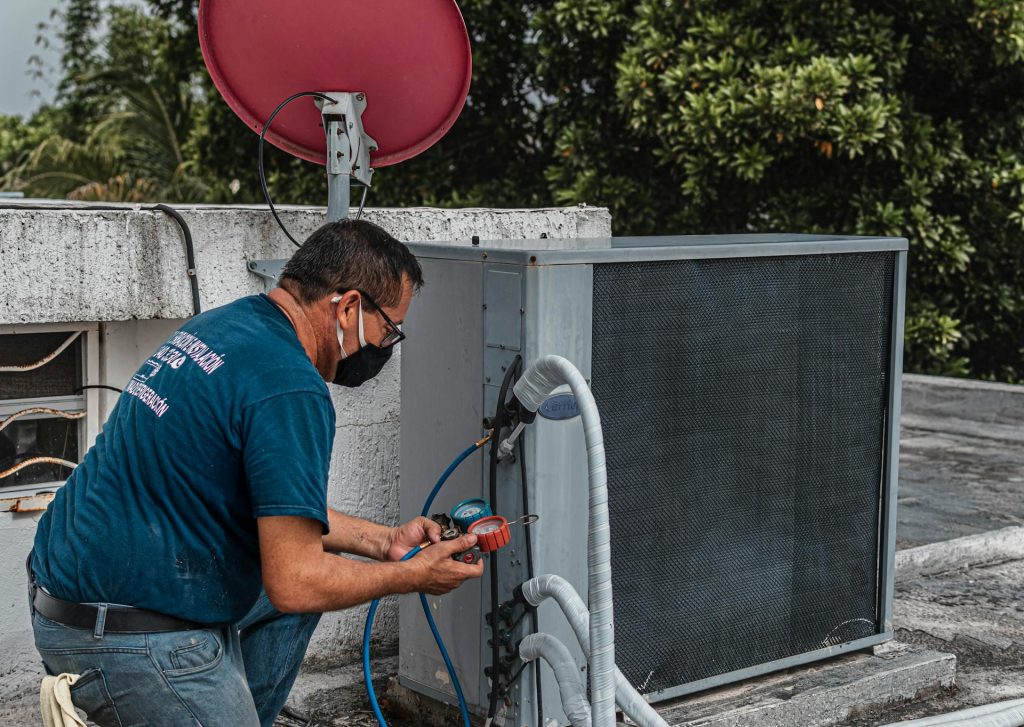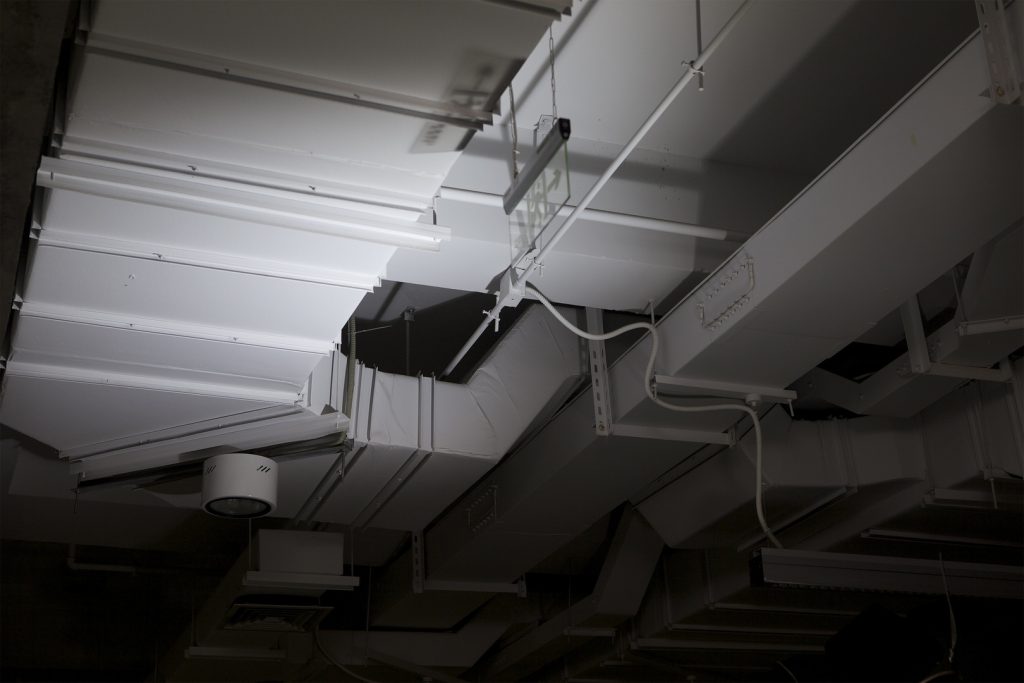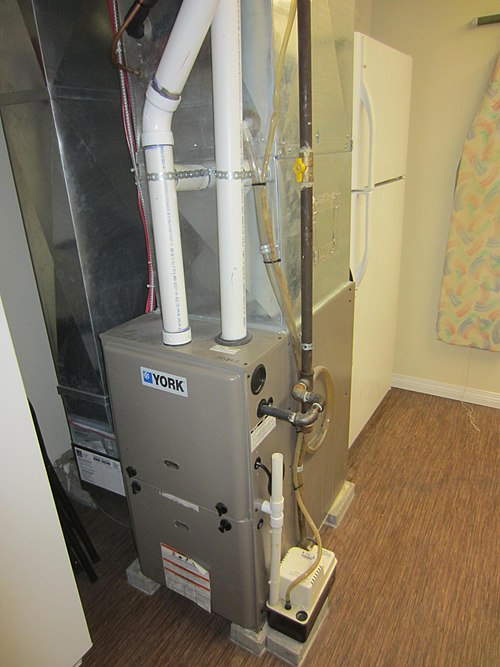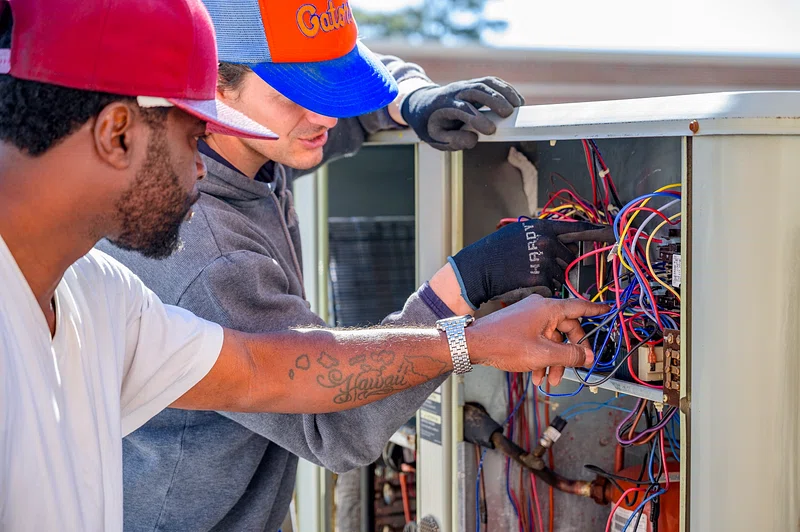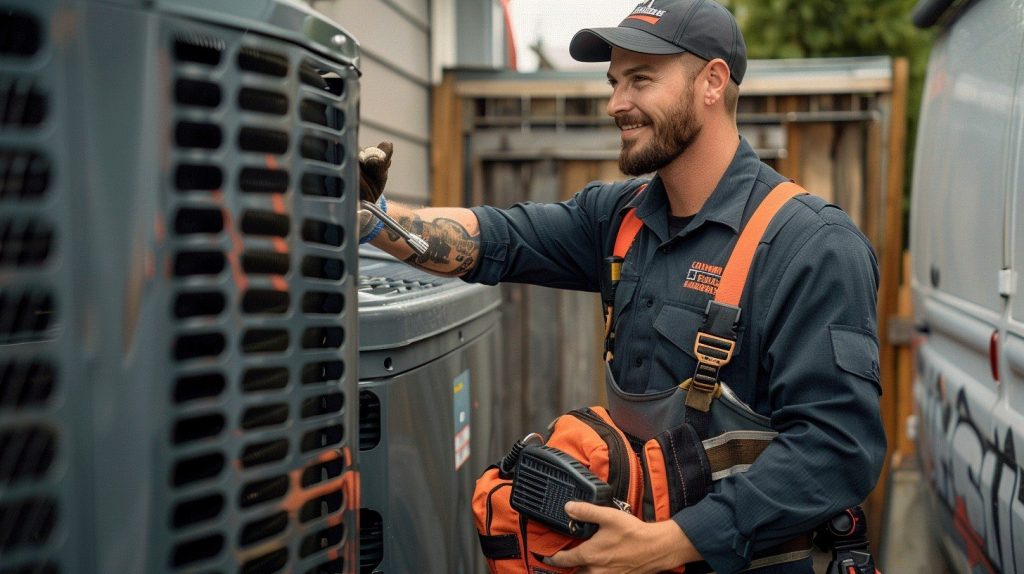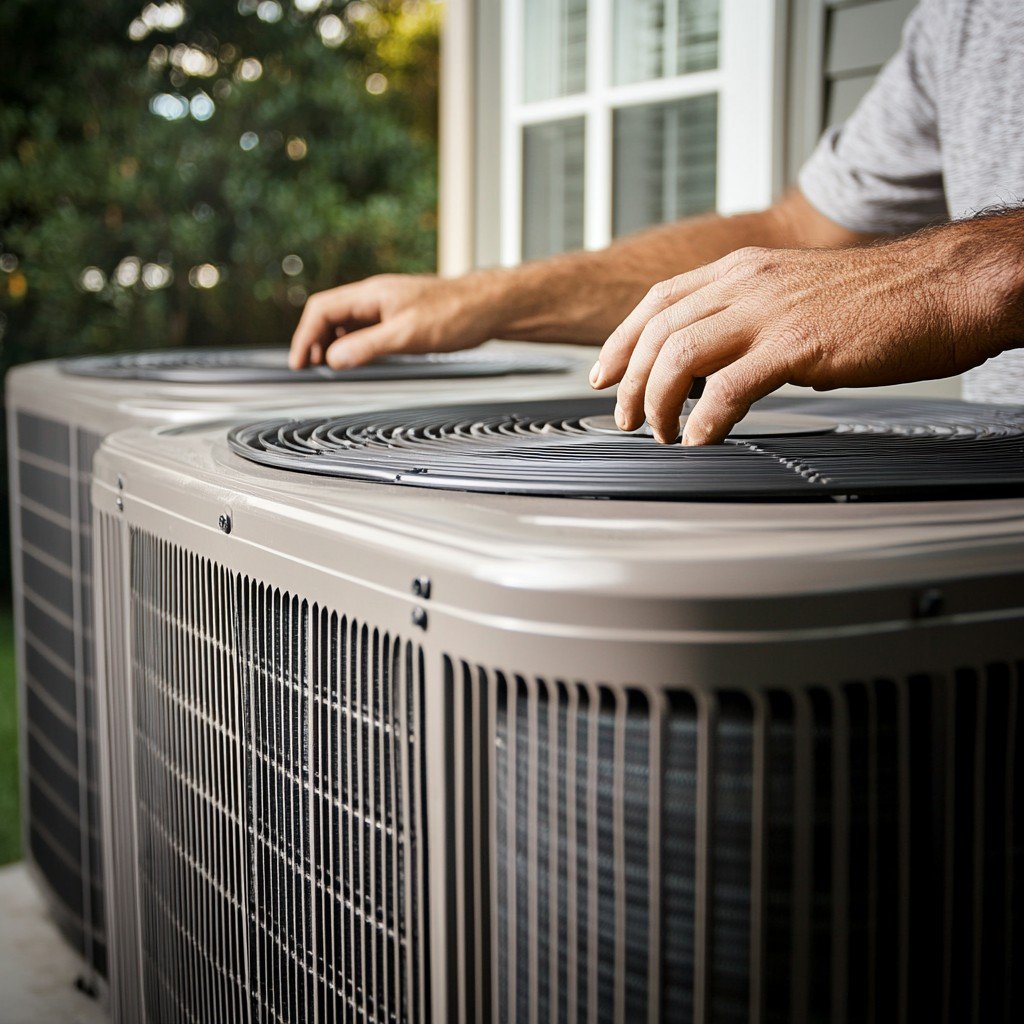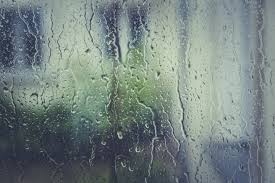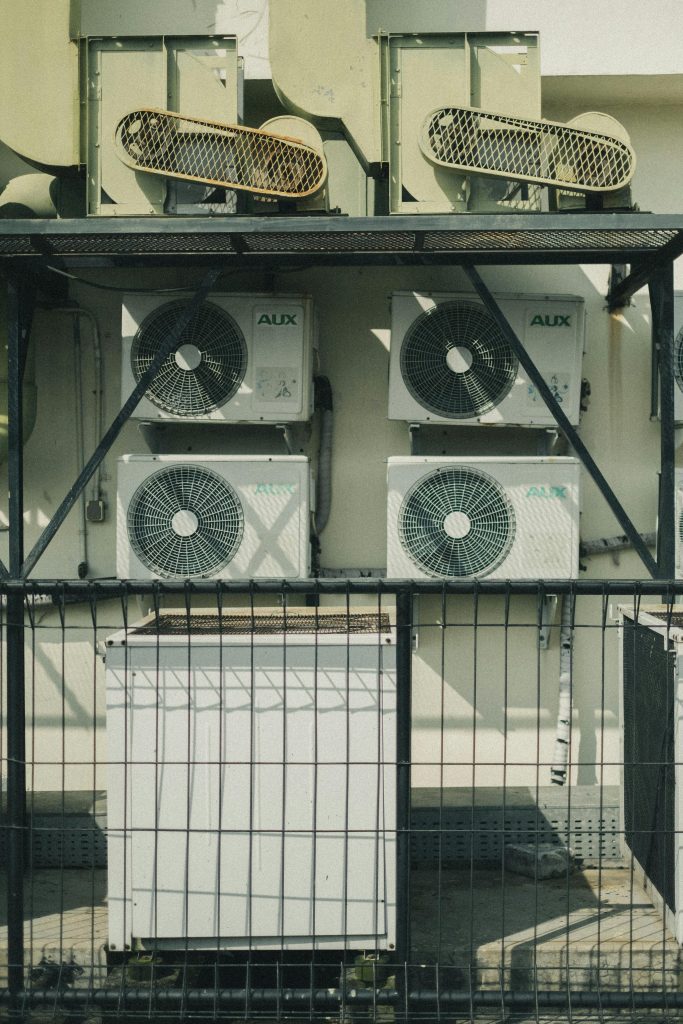The Role of Proper Insulation & Sealing in HVAC Efficiency
The Role of Proper Insulation & Sealing in HVAC Efficiency A well-designed HVAC system can only perform as efficiently as the home it serves. Even the most advanced furnace, heat pump, or air conditioner will struggle if warm or cool air escapes through unsealed ducts, gaps, or poorly insulated walls. Proper insulation and sealing are critical to maintaining comfort and controlling energy costs. Why Insulation Matters Insulation slows the transfer of heat between your home’s interior and the outside. In winter, it keeps warm air inside; in summer, it keeps cool air from escaping. Without adequate insulation, your HVAC system must work harder to maintain temperature, leading to higher energy bills and more wear and tear on equipment. Sealing Leaks Prevents Energy Loss Air leaks around doors, windows, ductwork, and vents can drastically reduce HVAC efficiency. Even small gaps allow conditioned air to escape and unconditioned air to enter. Properly sealing these leaks ensures that heated or cooled air reaches the intended rooms, improving comfort and reducing system runtime. Ductwork: A Common Culprit Ducts running through unconditioned spaces are often overlooked. Unsealed joints, holes, and loose connections can leak a significant portion of conditioned air before it reaches living spaces. Inspecting, sealing, and insulating ductwork is one of the most effective ways to boost efficiency and lower utility costs. The Combined Effect When insulation and sealing work together, the HVAC system doesn’t have to run as long or as frequently. This improves indoor comfort, extends the lifespan of equipment, and reduces energy bills. In climates with extreme temperatures, like in Arizona or Montana, these steps are essential. Professional Assessment Can Make a Difference While homeowners can add basic weatherstripping or insulation, a professional assessment ensures the entire system is optimized. Technicians can identify hidden leaks, recommend insulation upgrades, and make targeted improvements that provide long-term efficiency gains. Proper insulation and sealing aren’t just home upgrades — they are key to maximizing HVAC performance, protecting your investment, and keeping energy costs in check. Read Next: How to Choose the Right Thermostat for Your Home (Including Smart Thermostats)

